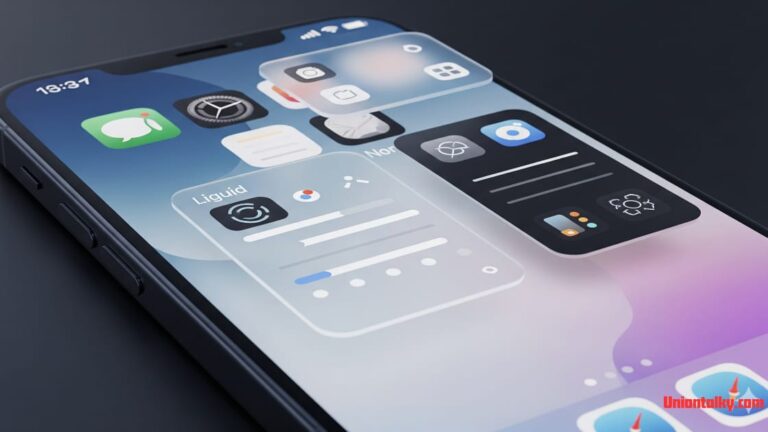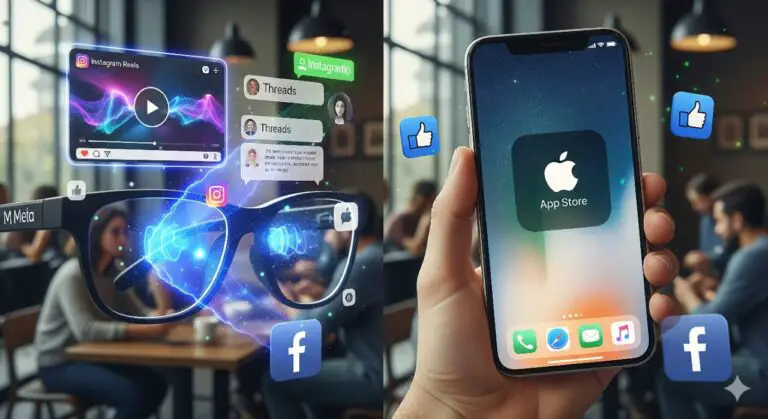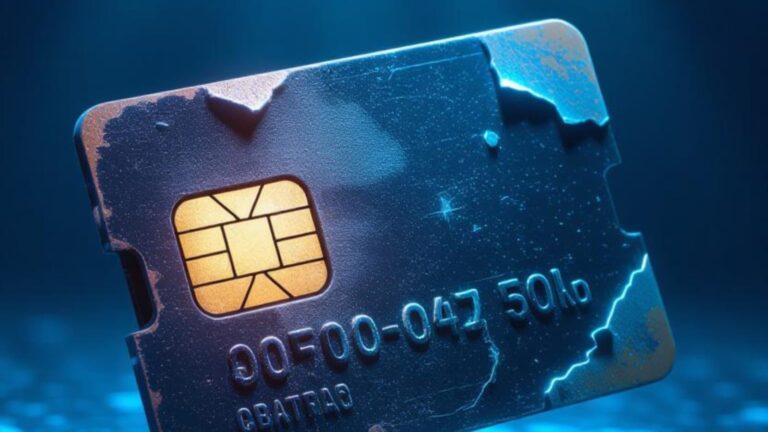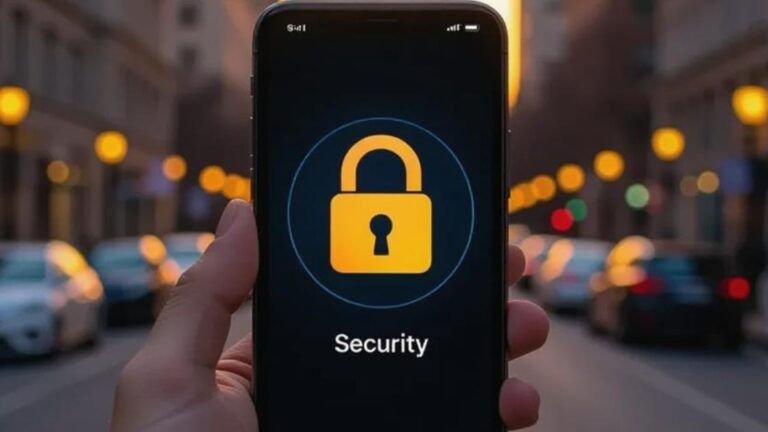Picture this : You’re holding your brand-new iPhone Air. It’s sleek, it’s thinner than anything Apple has ever made, and it feels like you’re carrying the future in your hand. You go to set it up, and then comes the surprise, you can’t find a SIM card tray. That tiny little slot we’ve all been used to for decades? Gone.

Welcome to the era of the eSIM.
This small but radical change is more than just a technical adjustment, it could be the start of saying goodbye to one of the most familiar pieces of plastic in our digital lives: the SIM card.
A Familiar Friend, Slowly Fading Away
For years, the SIM card has been our golden ticket into the mobile world. It’s what connects your phone number, your calls, your texts, and your data to your device. Most of us remember fiddling with those little trays, searching for that tiny pin tool (or, let’s be honest, a paperclip) to pop them open.
But just like floppy discs, VHS tapes, and CD players, the SIM card might be heading for retirement. Apple has already been testing this shift in the U.S. since 2022, but with the launch of the iPhone Air, it feels official: the physical SIM card’s days are numbered.
What Makes the eSIM Different?
An eSIM, which means “integrated SIM,” is a digital version of the conventional SIM card. Instead of sliding in a piece of plastic, your phone comes with a built-in chip that can be programmed with your carrier information.
Think of it like moving from mailing letters to sending emails. The core function is the same, you’re still staying connected, but the delivery system is smarter, faster, and less messy.
And the benefits are big:
No more plastic cards: better for the environment.
No tiny trays: more space inside the phone for bigger batteries.
READ MORE : Apple Just Dropped Its Biggest iPhone Security Update Ever
Instant switching: you can change carriers with just a few taps, no store visits are required.
Travel made easier: land in Europe or Asia, scan a QR code, and boom, you’ve got local data without overpriced roaming charges.
But Not Everyone Is Cheering
Here’s where things get emotional. While tech enthusiasts may celebrate this move as the next great step, not everyone is ready to let go of the physical SIM.

Imagine an older American who’s been using cellphones since the early flip phone days. To them, swapping SIMs is simple: pop one out, put one in. Done. The idea of scanning codes or navigating carrier apps might feel confusing, even intimidating.
This shift could leave some people feeling left out – or worse, forced into change they didn’t ask for.
And let’s not forget, E-SIM setup isn’t always smooth. If you’ve ever tried to transfer your number to a new phone and gotten stuck waiting for a carrier to “activate” your line, you know the pain. With E-SIM, only phones, that pain could become more common, at least until the industry fully catches up.
The Bigger Picture: Apple Leads, Others Follow
History shows us that when Apple makes a bold move, the rest of the smartphone industry eventually tags along. Remember when Apple killed the headphone jack back in 2016? At first, people were furious. Now, almost every major phone brand has followed suit.
The same could happen with the SIM card. Samsung and Google still ship most of their phones with SIM slots, but they’re also leaning heavily into eSIM support. The writing on the wall is clear: physical SIM cards won’t survive forever.
According to research by CCS Insight, more than 1.3 billion eSIM-enabled smartphones were already in use by the end of 2024, and that number is expected to hit 3.1 billion by 2030. That’s not just a trend – that’s a tidal wave.
Breaking News: The Thinnest iPhone Ever
Let’s not forget the hardware itself. The iPhone Air isn’t just about ditching the SIM tray it’s the thinnest iPhone Apple has ever made. Removing that little slot gave Apple just enough extra room to push design boundaries. For a company obsessed with elegance and minimalism, this was always the endgame.
It’s the same philosophy that gave us AirPods (no wires), the MacBook Air (no CD drive), and the iPad (no keyboard by default). Apple loves to take something away and call it progress. And in many cases, it actually is.
A Real-Life Story: The Traveller’s Dream
Let me tell you about my friend Jason, a business consultant who travels between New York, London, and Dubai almost every month. He used to carry three different SIM cards in his wallet – always terrified he’d lose one. Setting up his phone in each country was a nightmare.
Last year, he switched to an eSIM iPhone. Now, when he lands, he simply scans a code from a local carrier, and he’s good to go. No plastic, no stress, no “oops, I left my SIM at home.”
For global travellers like Jason, eSIMs aren’t just convenient – they’re life-changing.
The Fun Side: No More SIM Tray Fails
We’ve all been there: trying to swap a SIM card in a rush, only to drop it on the floor. Suddenly you’re crawling on your hands and knees, searching for a microscopic piece of plastic under your couch.
With eSIMs, that comedy of errors is gone. No more lost SIMs, no more bent trays, no more “Did I just put this in upside down?”
What This Means for You
If you’re in the U.S., chances are your next iPhone will be eSIM-only. Other markets will take longer, but the direction is set. Whether you love it or hate it, the physical SIM card is going the way of the pager and the fax machine.
For most people, the change will eventually feel natural – just like streaming felt weird at first compared to DVDs, but now we can’t imagine going back.
Still, carriers, phone makers, and tech companies will need to work hard to make the transition smooth. Education, customer support, and easy setup tools will be key.
Final Thoughts
The iPhone Air doesn’t just mark the launch of Apple’s thinnest phone – it marks a cultural shift. A goodbye to the SIM card, a hello to a fully digital future of connectivity.
It’s the kind of change that feels small at first but could transform how we use our phones, travel the world, and interact with carriers.
So next time you look at that little SIM tray on your old phone, take a moment. That tiny slot once carried your digital identity, your late-night texts, your travel adventures, and maybe even your first “I love you” message.
And now, just like all great pieces of technology, it’s gracefully stepping aside for what’s next.
The beginning of the end of the SIM card has arrived – and it all started with an iPhone.









